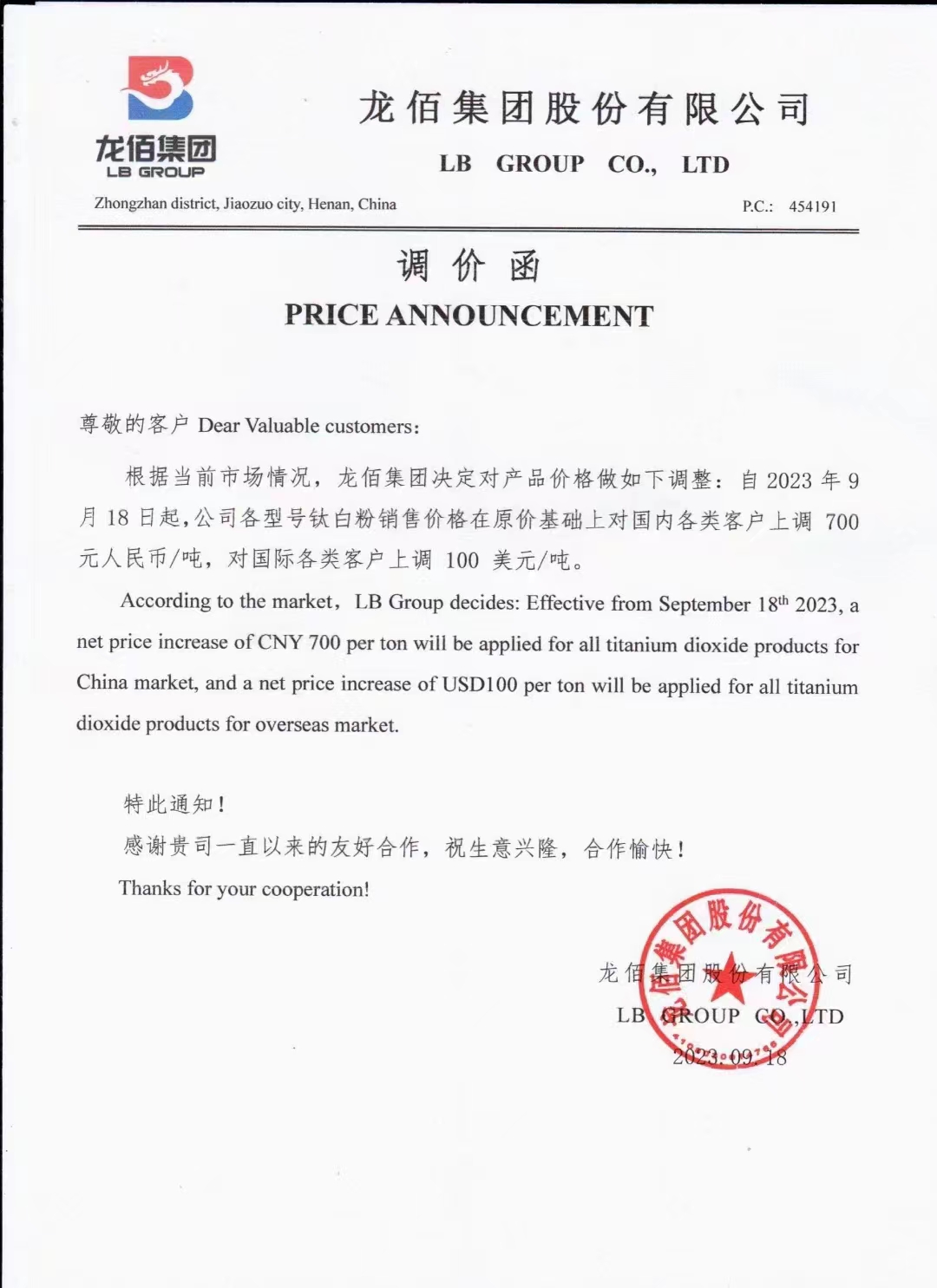
Дек . 06, 2024 01:24 Back to list
Titanium Dioxide Color Production and Suppliers for Various Applications
The Role of Titanium Dioxide in Color Manufacturing
Titanium dioxide (TiO2) has become a vital component in various industries, particularly in color manufacturing. This versatile compound is renowned for its outstanding opacity, brightness, and UV resistance, making it an essential ingredient in paints, coatings, plastics, paper, and even cosmetics. In this article, we will explore the significance of titanium dioxide, its properties, applications, and the manufacturing process that ensures its efficacy in color production.
Properties of Titanium Dioxide
Titanium dioxide is a white, opaque powder that exhibits excellent light scattering properties. Its unique structure enables it to reflect and scatter light effectively, which is why it is a preferred choice for achieving bright and vibrant colors. The pigment is available in two primary crystalline forms anatase and rutile. Rutile is the more commonly used form in color manufacturing, thanks to its superior opacity and weathering resistance.
One of the notable features of titanium dioxide is its high refractive index—approximately 2.7. This makes it an ideal pigment for applications demanding brightness and coverage. Additionally, titanium dioxide is chemically inert, which allows it to maintain its stability and effectiveness over time, whether in outdoor settings or harsh environments.
Applications in Color Manufacturing
Titanium dioxide is widely utilized in several industries due to its exceptional properties. In the paint and coatings industry, it serves as a crucial white pigment, providing excellent hiding power and enhancing durability. When used in exterior coatings, titanium dioxide helps protect surfaces from UV degradation, thereby extending the lifespan of the paint.
titanium dioxide color manufacturer

In the plastics industry, TiO2 is incorporated to improve the color and opacity of plastic products. It helps prevent yellowing and enhances the durability of the materials. Furthermore, the cosmetic industry leverages titanium dioxide for its coloring properties as well as its ability to act as a sunblock agent. It is commonly found in sunscreens and other skincare products, reflecting harmful UV rays from the skin.
Additionally, titanium dioxide is used in the paper industry, where it enhances brightness and opacity. Its ability to improve the visual appeal of printed materials makes it a key component in producing high-quality papers.
Manufacturing Process of Titanium Dioxide
The production of titanium dioxide typically involves two main processes the sulfate process and the chloride process. The sulfate process treats titanium ore with sulfuric acid to produce titanium dioxide. This method results in a higher quantity of iron contaminants, which can affect the purity of the final product. On the other hand, the chloride process uses chlorine gas to extract titanium from ore, yielding a purer product with fewer contaminants. While the chloride process is more cost-intensive, it offers a higher quality TiO2, preferred in applications requiring exceptional performance.
Both manufacturing processes require strict quality control to ensure that the titanium dioxide meets the industry standards for color strength and purity. Manufacturers often conduct extensive testing on the TiO2 to assess its particle size, distribution, and surface treatment, which can significantly influence its performance in color applications.
Conclusion
Titanium dioxide is an indispensable material in the color manufacturing industry, celebrated for its unique properties and versatile applications. Its ability to provide bright, vibrant colors with excellent opacity and stability makes it essential across various sectors, from paints to cosmetics. As the demand for sustainable and high-performance materials grows, titanium dioxide will continue to play a prominent role in advancing color manufacturing processes. Whether enhancing the aesthetic appeal of a product or providing functional benefits, the contributions of titanium dioxide are undoubtedly significant in shaping modern manufacturing landscapes.
-
High Quality China Black Iron Oxide Powder Supplier Competitive Price & Fast Delivery
NewsJul.08,2025
-
High Quality Titanium Dioxide Used in Rubber – Trusted Supplier & Factory Price
NewsJul.08,2025
-
High Purity Barium Sulfate Particle Size - Wholesale Manufacturer from China
NewsJul.07,2025
-
Premium Titanium Dioxide Lomon R-996 Supplier – Quality & Wholesale Price from China
NewsJul.07,2025
-
Top Titanium Manufacturers in China - Quality Titanium Dioxide Supplier & Production Line Solutions
NewsJul.06,2025
-
OEM Titanium White Supplier & Factory – High Purity, Consistent Quality for Industrial Use
NewsJul.06,2025
